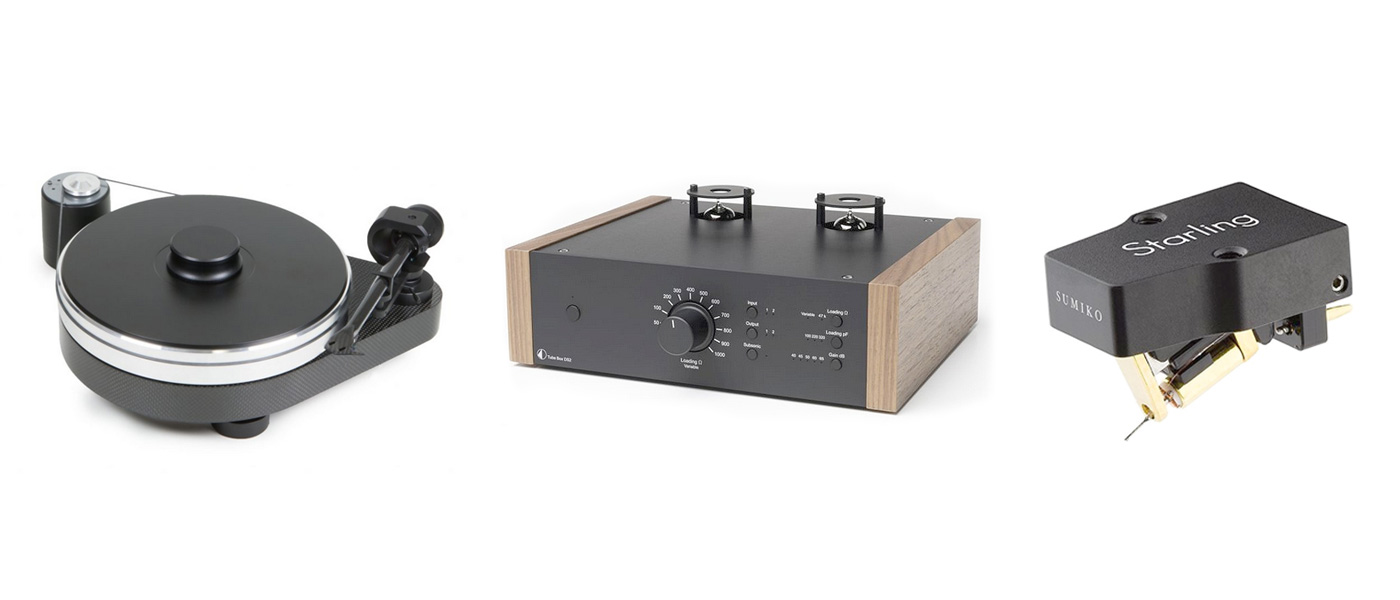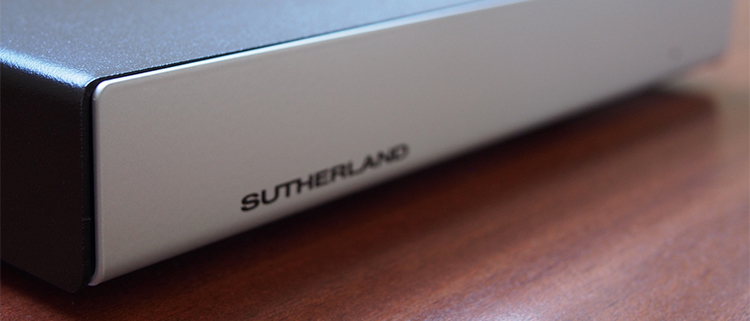
Sutherland Engineering KC Vibe Phono Preamp
- Plentiful loading and gain options for both MM and MC cartridges
- Compact, discreet chassis is impressively well-built and solid
- Quiet, dynamic, and musical beyond its modest price
While the phono preamp can often be an afterthought, ignore this critical link at your peril. As veterans of the audiophile game will tell you, a talented preamp is essential to maximizing system performance. This is never more true than for the phono preamp because the often tiny signal put out by cartridges needs to be amplified many, many times over. This is especially true if you seek to unlock the magic of low-output moving coil cartridges. The ability to amplify those tiny signals is only the beginning—the phono preamp must also do so without adding noise and distortion, even a smidge of which can easily spoil the sound. So who do you want for that job? Ron Sutherland. Phono preamps are, to say the least, his specialty. The Sutherland line-up features no fewer than nine different models, including the forthcoming $8200 Phono Loco with its radical current-mode design. The rest of the models range from the $14,000 Argentum to the $895 KC Vibe, which is now his most humbly-priced design. Humble in price, dear readers, only humble in price.
Gain Settings:
40, 45, 50, 55 or 60 dB
Load Settings:
100, 200, 475, 1k, or 47k Ohms
Ground terminal
Dimensions:
11” W x 9” D x 2” H (inches)
Weight:
6 lbs
Company:
SECRETS Tags:
Phono Preamp, Vinyl, Records, Turntable, Phono Stage, Sutherland, Preamp Review 2018
Secrets Sponsor
When you finally free it from the labrinth of protective packaging, the first thing you notice is that the KC Vibe is small, but the steel chassis makes it surprisingly robust. That heavy-duty-ness continues around back. My guess is that the KC Vibe’s gold-plated input and output jacks are the same ones used on the more than twice-as-expensive 20/20. Even if I’m mistaken, these definitely exude premium quality. The KC Vibe also features a ground post, which should minimize any ground-related nasties. And, just like in other Sutherland phono stages, the KC Vibe utilizes an outboard power supply.
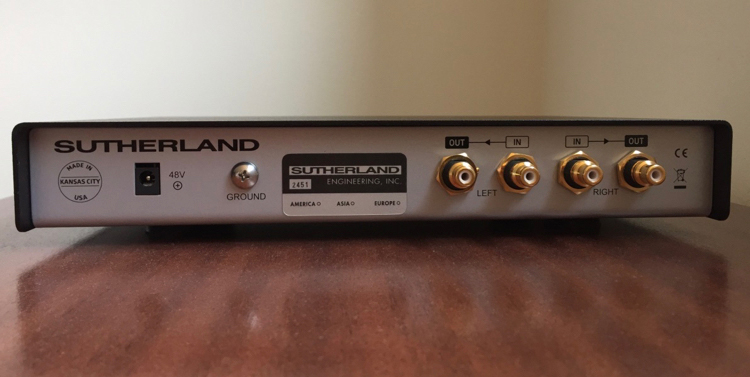
Sutherland does not use dip switches in its designs. Instead, Sutherland utilizes jumpers mounted directly on the circuit board. Loading and gain adjustments are made by removing the top plate of the unit and physically moving the jumpers to your desired settings. It is a fairly simple process—all you need is a screwdriver to get the top plate off and a pair of tweezers to position the jumpers. It’s not the most convenient method, but I have never found setting a series of tiny dip switches all that convenient either.
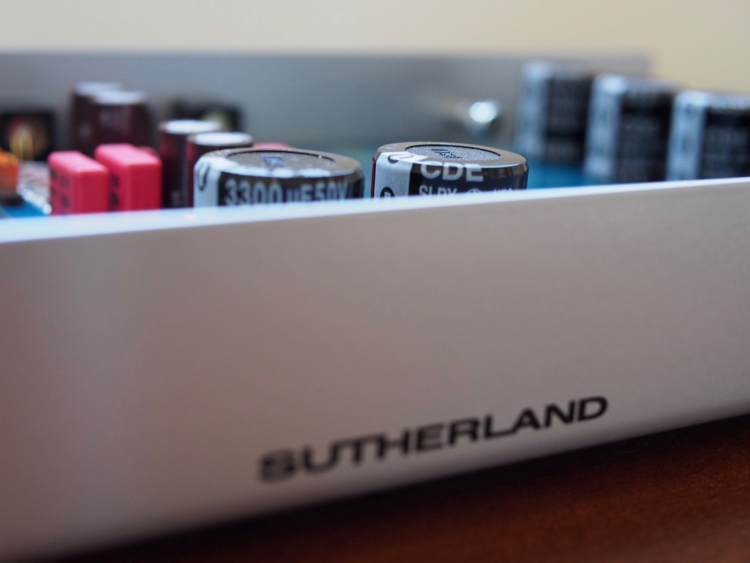
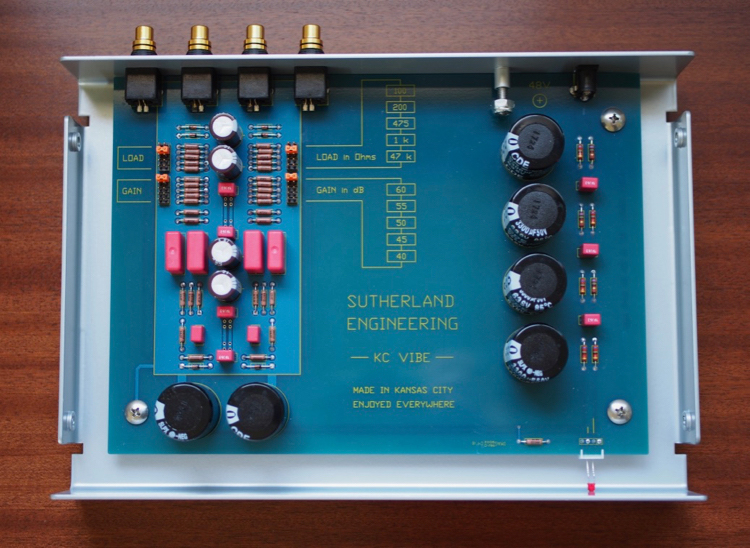
The loading options include 100, 200, 475, 1k, or 47k Ohms. You can select gain settings of 40, 45, 50, 55, or 60 dB. This makes the KC Vibe compatible with both moving magnet and moving coil cartridges. You also notice the great deal of attention paid to the arrangement of the components on the PCB—it’s all about reducing interactions, distortion, and overall noise level.
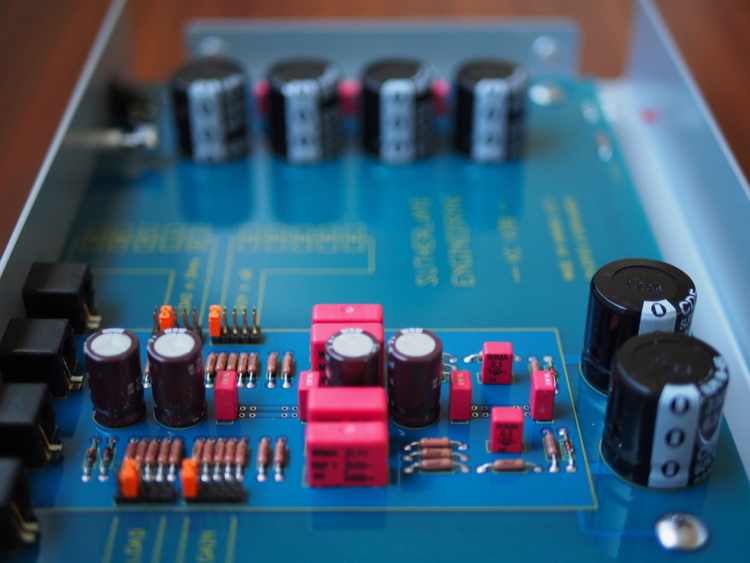
Set-up is uncomplicated. As you can see, the PCB is very clearly marked with the loading and gain settings. I had been using and enjoying the Rega P6 and Ania MC cartridge with my 20/20, so I tried to mirror those settings on KC Vibe. While I had initially set the 20/20 at 64 dB of gain and 100 ohms, I found that the sound took on a bit more weight at 200 ohms, so I set the KC Vibe at 200 ohms and 60 dB, it’s maximum level. I then plugged in a set of Chord Shawline single-ended interconnects into the “OUT” jacks on the back of the KC Vibe. Notably, there is sufficient space between the jacks so that, should you chose to do so, you can use cables with very substantial RCA jacks. Next, I took the captive Rega interconnects from the P6 and plugged them into the KC Vibe’s “In” jacks. Finally, I took the small power supply lead, plugged it into the back of the KC Vibe and plugged the other end into my High Fidelity Cables MC-6 power distribution block. Unlike the 20/20, the KC Vibe does not have separate power supplies for each channel, so you only need a single AC receptacle to get it powered up.
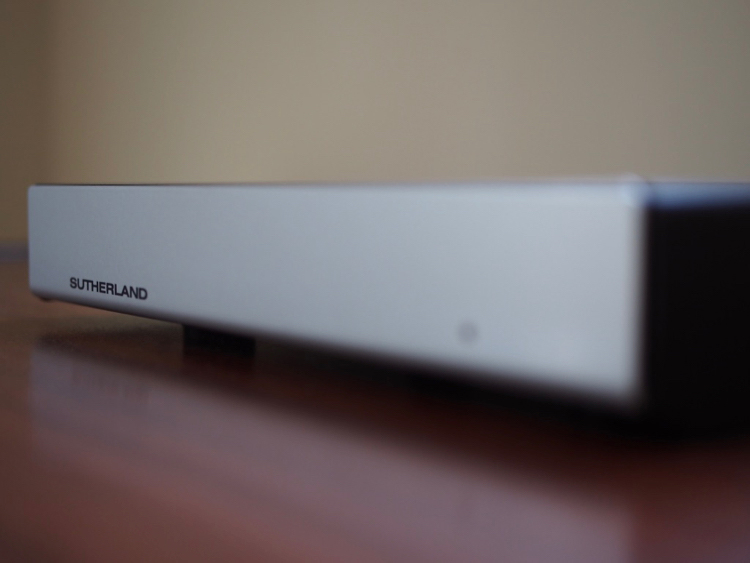
I saw Stewart Copeland, he of The Police fame, on some old season of the BBC’s “Top Gear” on Amazon Prime. He was featured in the celebrity in the reasonably-priced car segment. I’m not sure how he did driving, but seeing him reminded me of one of my favorite albums, which I had not listened to in a while, “Ghost in the Machine.” I also wondered… I know The Police were hugely popular, but how much did people credit Stewart Copeland back in the day? I wonder because there is just no way around this—the man is miles ahead of everyone else is in that band. I know, I know, that includes Sting, but don’t people hate him now anyway? I guess Sting’s voice is cool and maybe he wrote some good lyrics, but that really doesn’t compare to Stewart Copeland’s drums. My original pressing of this record is very clean, in other words, it’s analog catnip.
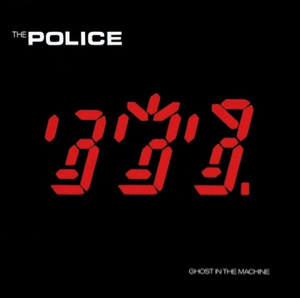
Stewart Copeland playing drums on this album sounds like what I imagine 1990 Michael Jordan looks like playing basketball against a team of fifth graders. I’m not exaggerating, someone should archive Stewart Copeland’s DNA. Listening to how he strikes, it’s honestly…so, so unique.
While I don’t particularly like the lyrics, “Everything Little Thing She Does Is Magic” features truly incredible percussion. If I was in this band and I heard someone playing this, my head would explode. Whoever mixed this album is the second-runner-up genius here—wise enough to hear what Copeland is doing and feature it. What’s crazy is that while it’s so easy to fail when you completely go for it, Copeland completely nails it here. He reminds the rest of us that when you take big risks, you can get big rewards. Talent like this…it shakes you. “Invisible Sun” is a sort of interesting song, but not that interesting. Until you hear the drums. The drums sound German-perfect, as in German automotive engineering. I don’t know if it’s technical perfection. To me, it just sounds like overall perfection. The KC Vibe had impressed me from the jump.

While it may seem a bit indulgent to spend $150 on a set of five records, Analogue Productions’ “Nat King Cole Story,” cut at 45 RPM, will make you forget all about that price. The box set is really that special. And while there are many standout tracks, “(I Love You) For Sentimental Reasons,” is one of the best. Hearing this through the KC Vibe, it’s much like the 20/20—it’s that hypnotic, breathy vocal in all its glory.
That delicate piano and bass come together and linger then float across the space in front of you. As much as this track floored me, I do think the 20/20 is even quieter on this track and therefore more dynamic than the KC Vibe, although I did wonder if I was also hearing a difference between the 60 dB of gain in the KC Vibe and the 64 dB of gain in the 20/20. Happily, Sutherland allows you to debate these fine details.
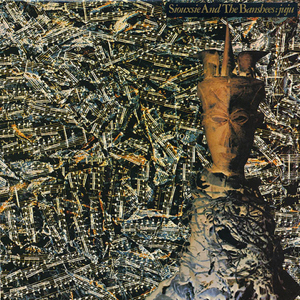
If you want to throw your phono stage a challenge, grab some rock. Most is not recorded particularly well, so the phono stage will have to show its other talents. “Juju,” released by Siouxsie and the Banshees in 1981 fits the bill. Less art-rock and more just rock, the guitars are loud and the drums are relentless on the band’s fourth album.
Secrets Sponsor
A good phono stage will make this record sound urgent and aggressive, while a lesser one will sap much of the album’s vitality. Luckily, the KC Vibe is the former. On “Monitor,” Siouxsie sings about government surveillance (yes, that apparently existed even back then) and how the media tends to make entertainment out of crime and all sorts of human tragedy. Admittedly, the material is…rather…dark, but strangely, what you most get is an unbridled sense of momentum. There is just so much energy stored on that strange black disc that you almost feel the stylus rip through the grooves. And in the end, all you’ll really care about is how much L-O-U-D-E-R you can make it and how much more visceral it can feel. The KC Vibe shows here that it will get out of the way and let you really hear and feel your music.
Another great value from the mind of Ron SUTHERLAND. At less than $1000, the performance makes this a no-brainer.
- Relaxed, yet exciting sound allows you to hear deep into the music
- Lots of settings for MM or MC cartridges
- Small form factor allows placement almost anywhere
- No bright lights on front of unit
- One additional (higher) gain setting
I came into this review thinking there was no way I could ever own a lesser phono stage than the 20/20. I was wrong. I really don’t want to let the KC Vibe go. Sure, it is not the 20/20’s equal, but at less than half the price, how could it be? It’s one of those components that is superb at communicating all aspects of music and it does so with great nuance that becomes easy to appreciate. The thing that gets me is that, like the 20/20, it strikes this wonderful balance between relaxation and excitement that is immensely satisfying. Cue applause.


